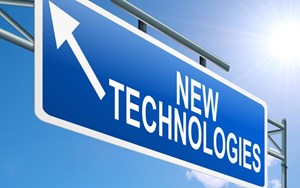
“The world would be a much better place if everyone made art and no one worked.” – King Julian of “Madagascar”
The vision of children’s cartoon hero, King Julian of the lemurs, might be fanciful, but he’s on to something. New technology is helping art professionals to work less and more efficiently when it comes to provenance, authenticity, and investment.
While we’ve been going about our busy lives, over the past few years a quiet revolution has been brewing in the art world thanks to blockchain, the system of decentralized digital ledgers originally created about nine years ago to power the controversial and volatile crypto-currency, Bitcoin, which has been creating a ruckus in recent weeks.
By the end of the next decade, the art world will be a very different place, and a number of pioneering companies are leading the way. How can blockchain make a difference in the art world? Let’s take a quick look at three main areas:
These changes will take time to be widely integrated into the art world, and there will be resistance from those unwilling to change their ways. But the power of the new technology will eventually tear down the walls of the status quo, and push the market towards more transparency and efficiency.
Written by John Varoli.
The article is reprinted with permission from New Art Academy.

ArtDependence Magazine is an international magazine covering all spheres of contemporary art, as well as modern and classical art.
ArtDependence features the latest art news, highlighting interviews with today’s most influential artists, galleries, curators, collectors, fair directors and individuals at the axis of the arts.
The magazine also covers series of articles and reviews on critical art events, new publications and other foremost happenings in the art world.
If you would like to submit events or editorial content to ArtDependence Magazine, please feel free to reach the magazine via the contact page.